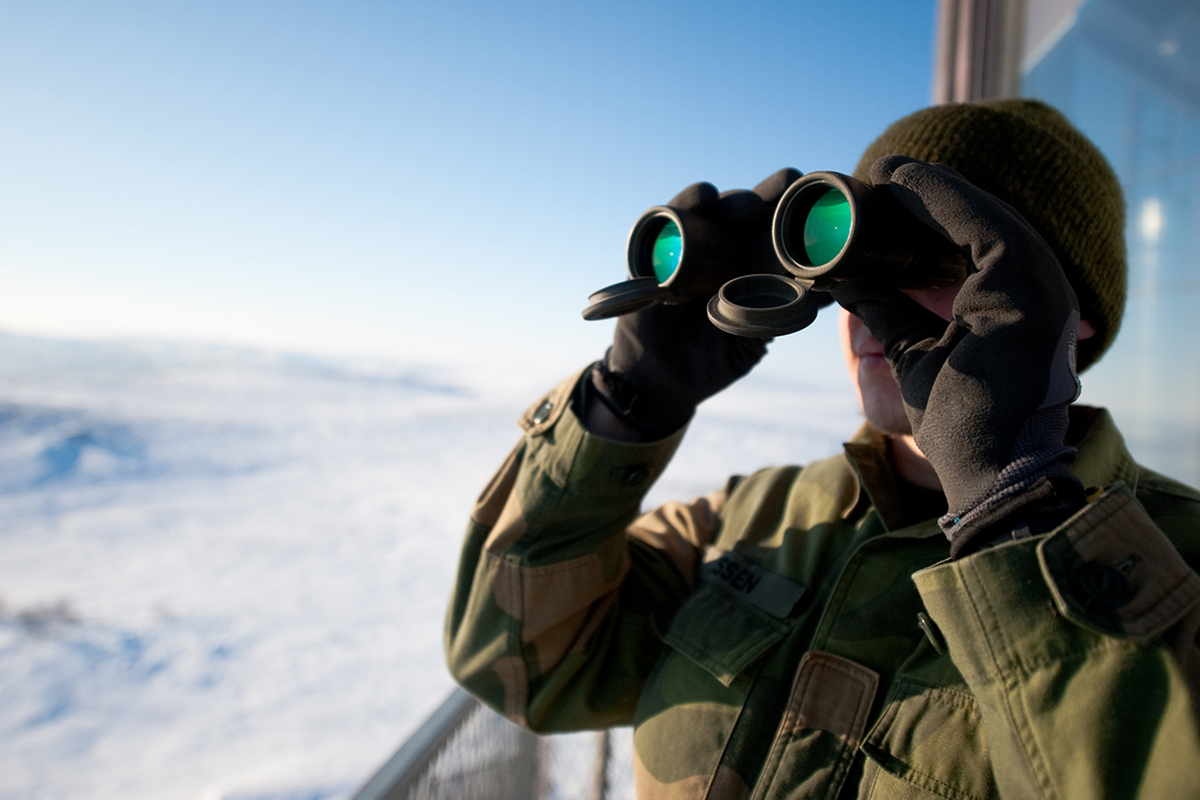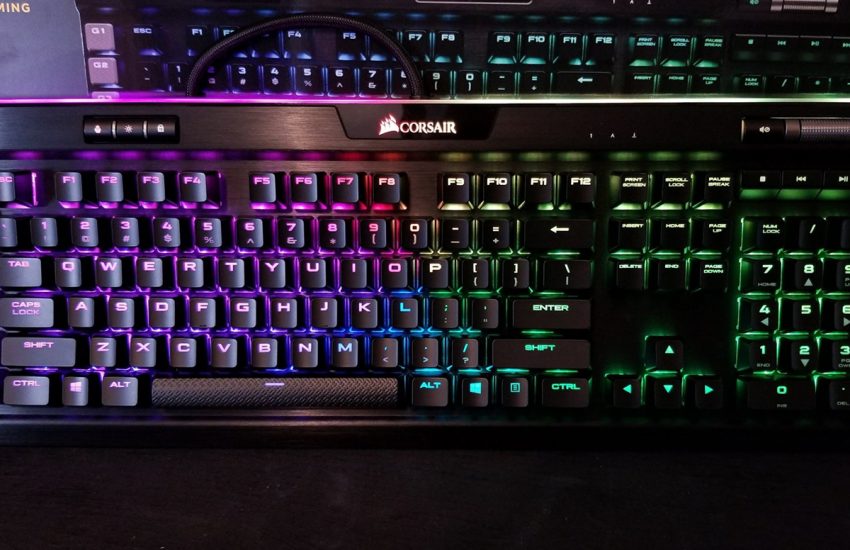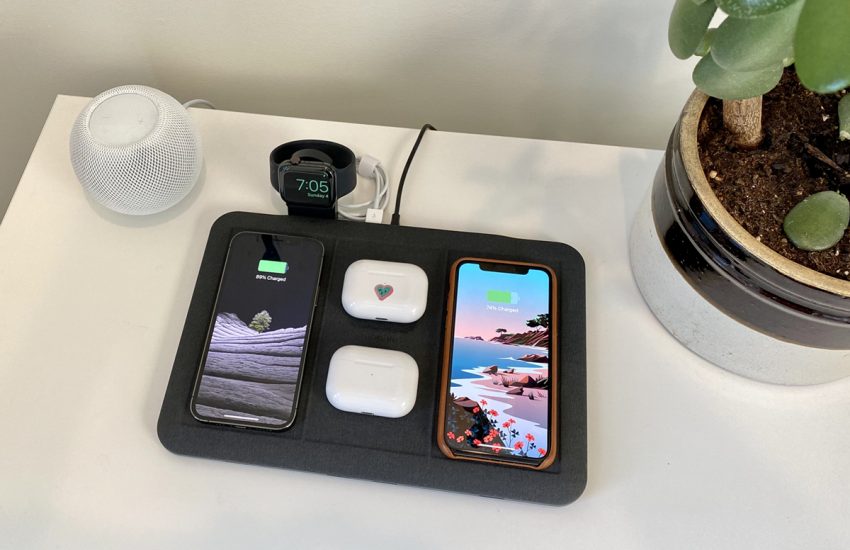How Binoculars Work
Binoculars are optical instruments that allow the user to view objects at a distance with both eyes, rather than just one eye as is done by ordinary binoculars. The human brain combines the two images seen through each lens of a pair of binoculars into a single image that appears to be much more extensive and more detailed than it is. Binoculars have been around for centuries, but only in recent years has their use become widespread. This article will look at how they work and what makes them so popular today.
How they work
This section will explain how binoculars work. There are three main parts to a pair of binocular: lenses, eyepieces, and the body or frame.
Lenses
The lenses of binoculars are made of glass (or plastic) and contain an array of tiny holes called “lenticules.” These are arranged such that light entering the front surface of the lens passes through the holes and onto the back cover, where it is reflected off the inner surface of the lens and then out through the rear surface. This process repeats itself repeatedly until all the light from the object being viewed reaches the observer’s eyes. The resulting image can appear very sharp because the light rays pass through the holes in the lens many times before reaching the observer’s eyes.
Eyepieces
When you look through a pair of binocular lenses, you see the world upside down. To correct this problem, most binoculars come equipped with eyepieces. Eyepieces consist of a series of prisms that refract the inverted image coming from the lenses and send it directly towards your eyes. The arrangement of these prisms allows you to focus on distant objects without having to move the entire binoculars away from your face. Most binoculars also include a small adjustment knob that allows you to adjust the position of the eyepiece relative to the lenses. Some models may even have built-in focusing mechanisms.
Body/frame
A binocular body or frame holds everything together. It consists of a tube that contains the lenses, eyepiece, and other components. A handle at the end of the tube allows you to hold the instrument steady when viewing. Many models also feature adjustable diopter settings, which will enable you to change the amount of correction provided by the lenses.

Hi~Living Deals from "Lamps Plus"



